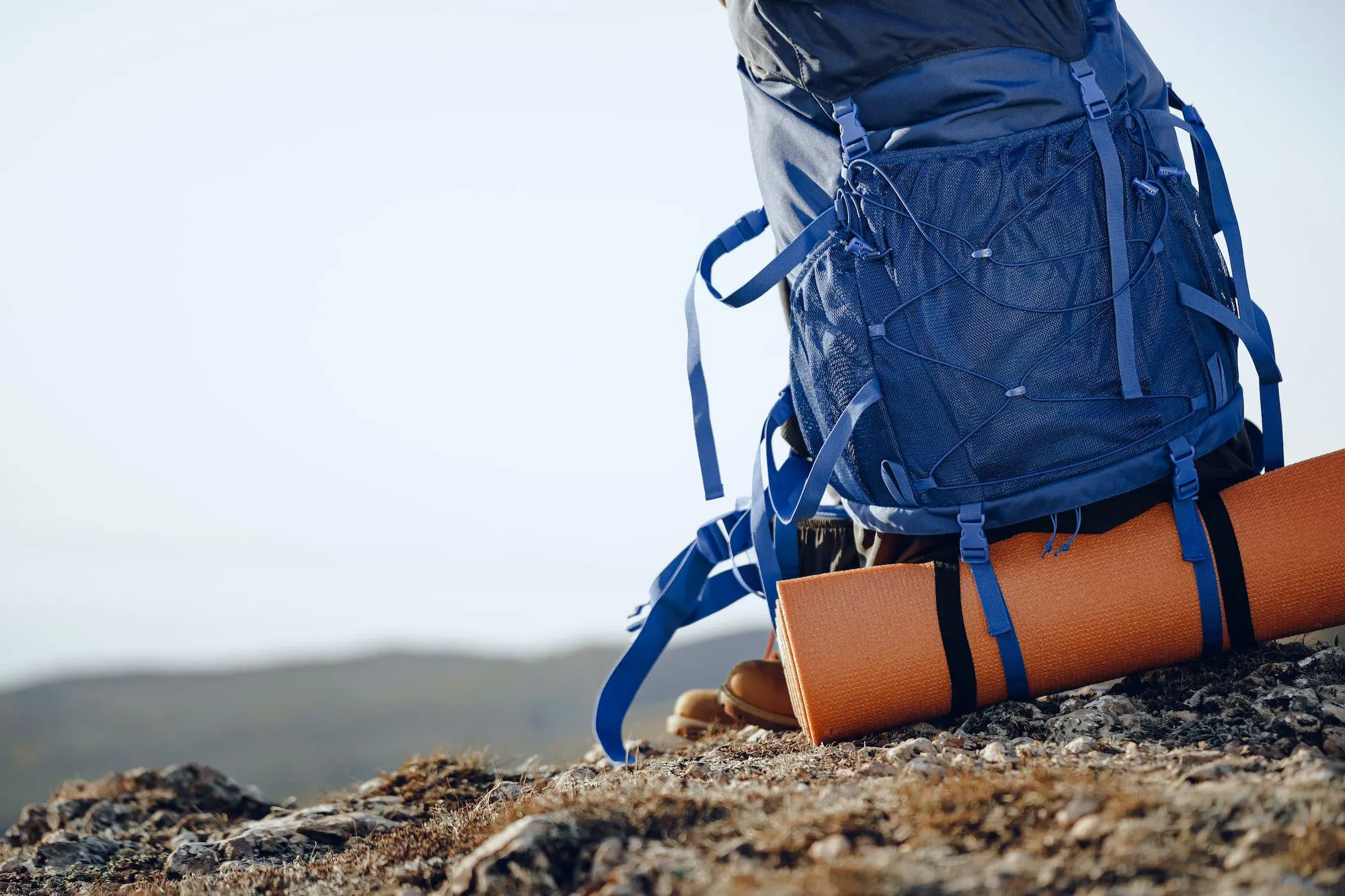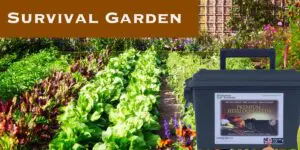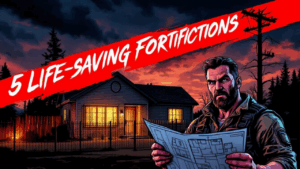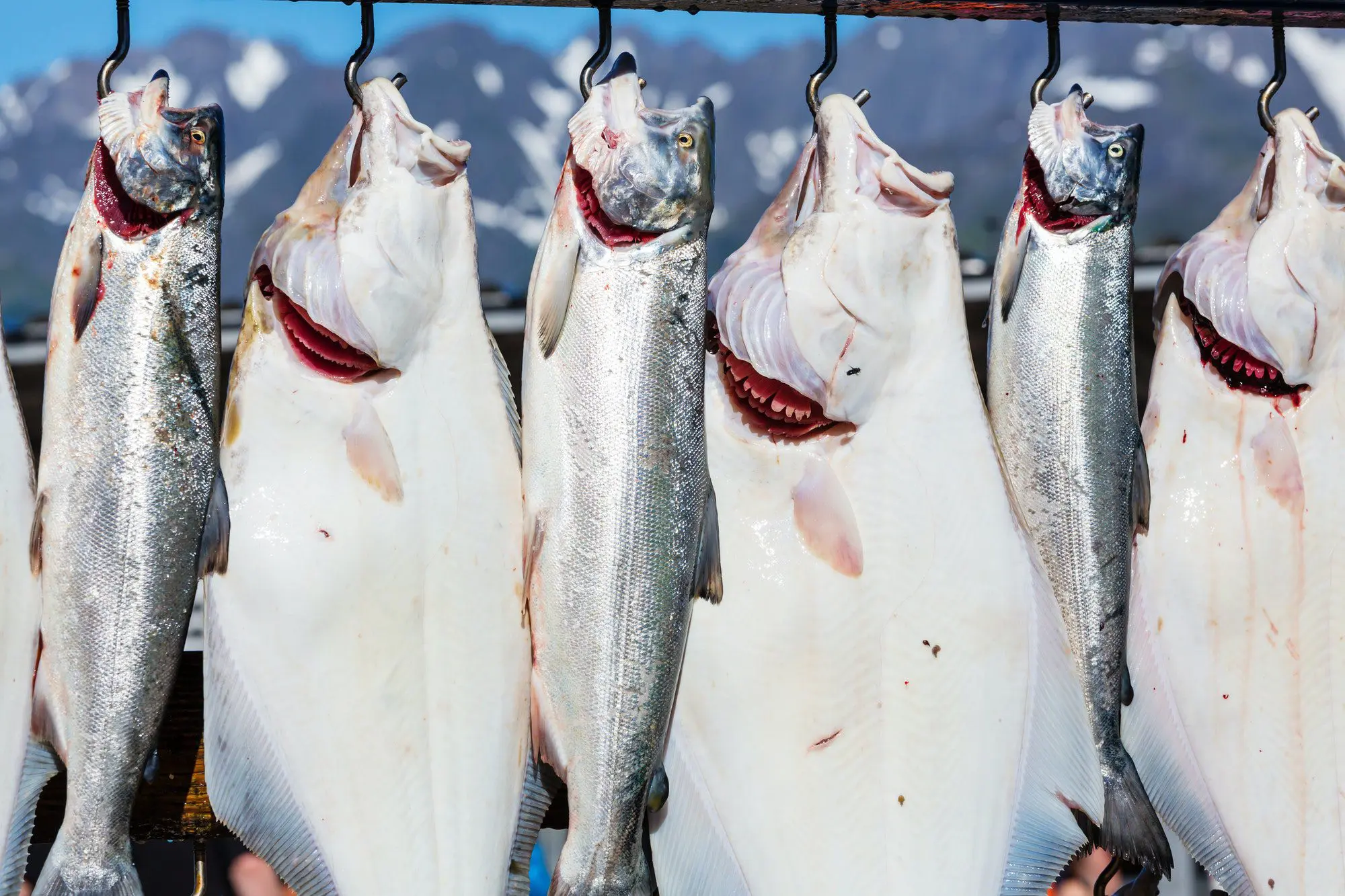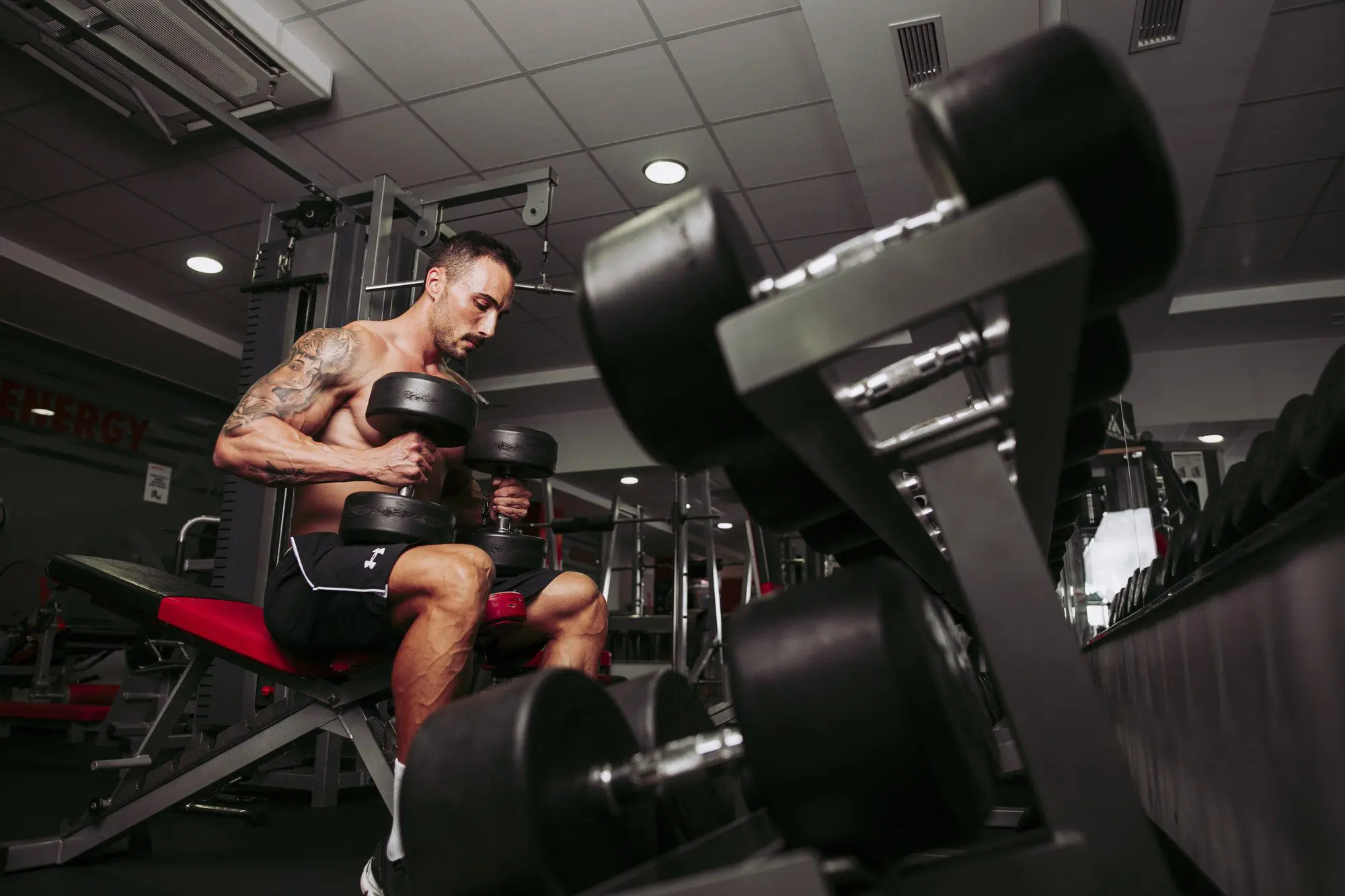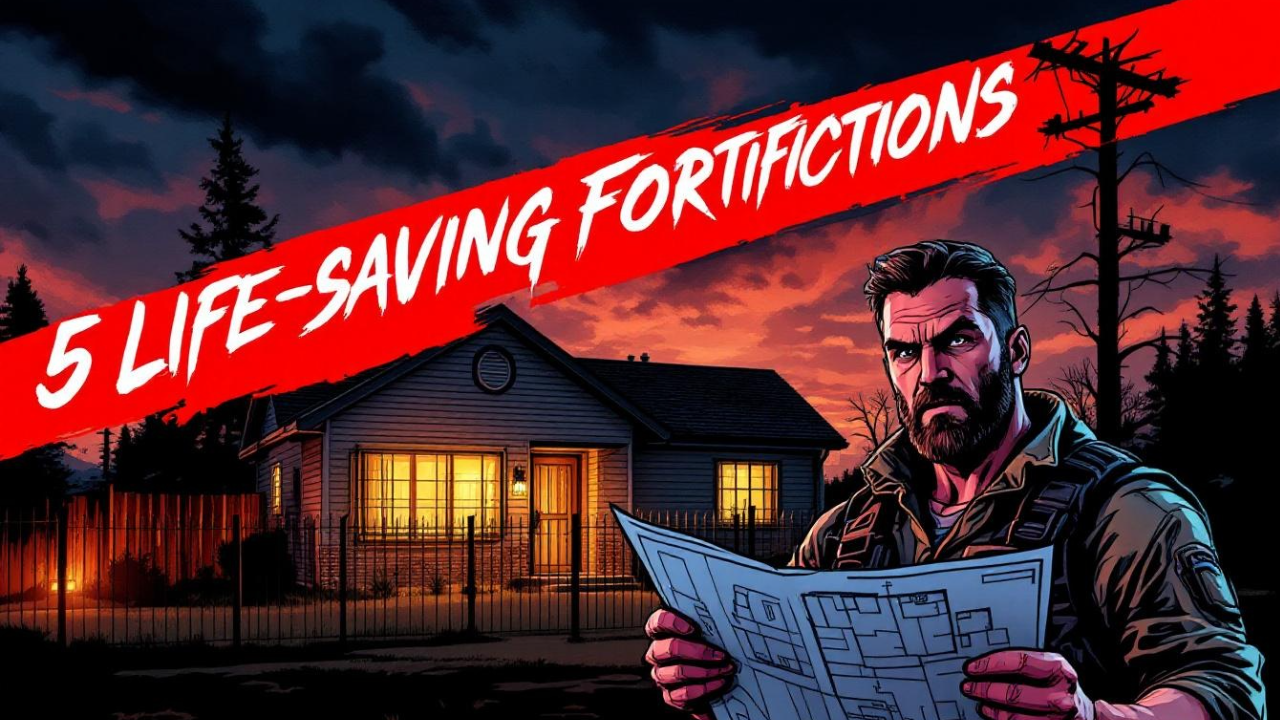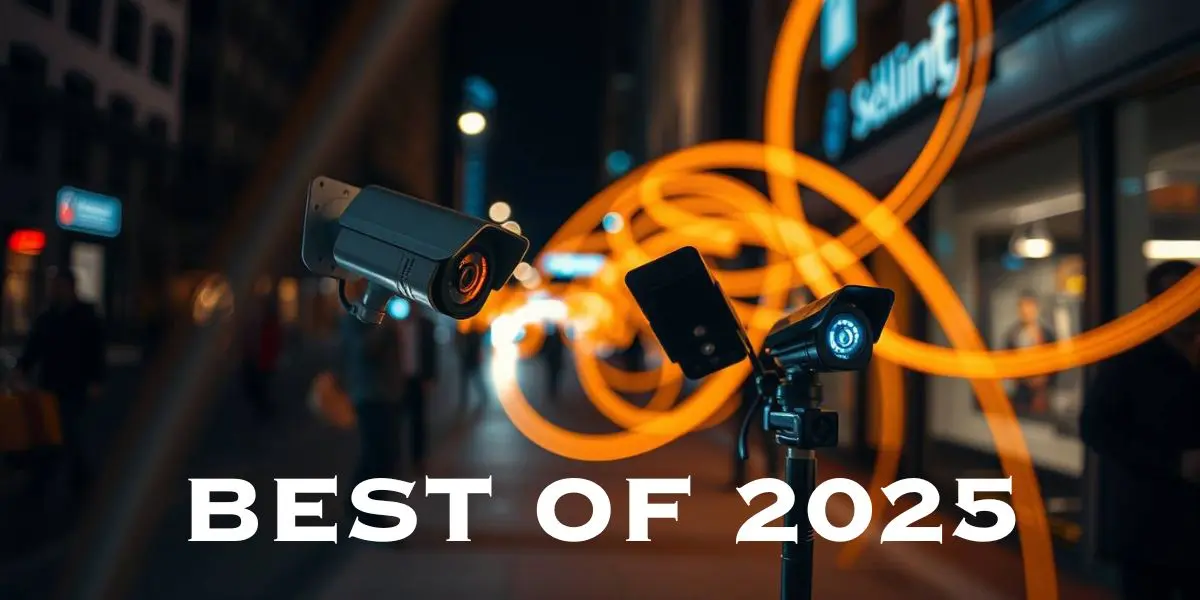If you’re just beginning your journey as a survival prepper, you might wonder where you should begin. What prepper gear is ideal to start acquiring? If you’re on a budget, you want to be even more careful about what you’re spending your money on.
For a good mix of options, consider picking up the following 17 Prepper items to keep at home or for on the go for if and when you need it. These will give you a jumpstart on attaining the peace of mind you’re after for enduring any type of SHTF event.
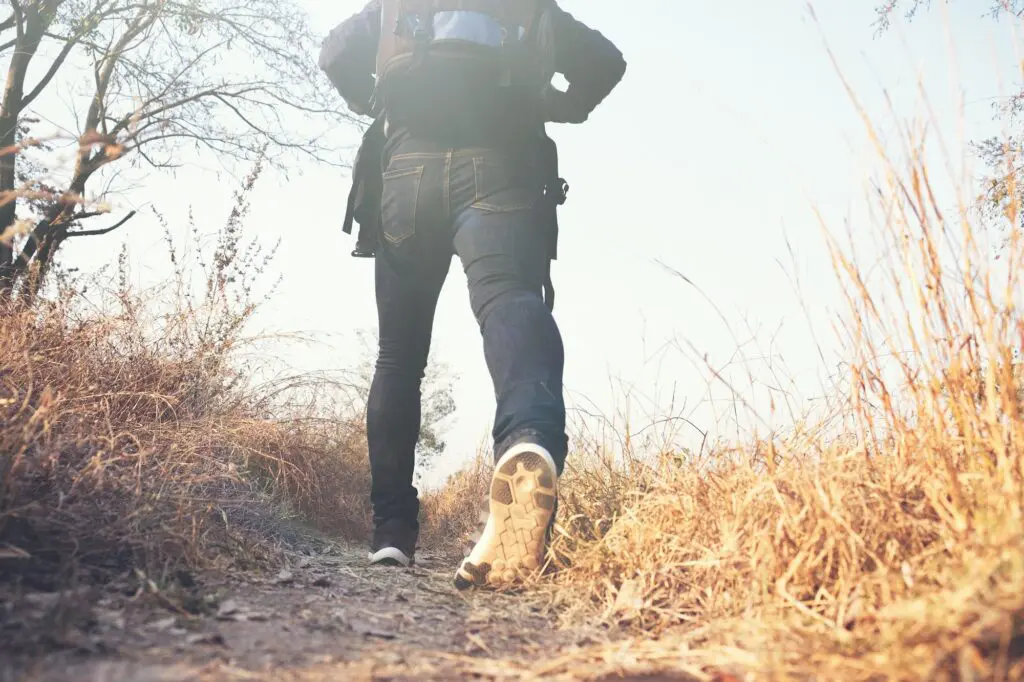
1 – A Durable Bug Out Bag
While you may want to stock up enough supplies in your home right off the bat, chances are good that you might be forced to evacuate on a moment’s notice. So a durable bug out bag should be one of your first investments as a prepper.
Look for one with MOLLE attachments so you can carry more. You want it roomy enough to carry a lot of supplies, and if it has a water bladder inside, that’s a great addition for assisting in keeping you hydrated.
Choose one for each family member that’s right for their size. Ideally you should build yours from scratch. The normal issue with buying a premade kit is it won’t fit exactly what you need. Plus, some of the pre-packed bug out bags are made cheaply, so they’re not as durable as others. Once you’re well on your journey pre-packed kits are great extras to have. Likewise if you just want a real quick solution until you can take the time and put in the budget for a custom built one a pre-packed kit may be an option.
Bottom Line. Get One for each family member as soon as you can in your prepping journey.
2 – Survival Food with a Long Shelf Life
Lightweight non-perishable foods are great to have for bug out purposes, but for home, where you have plenty of room, try to start investing in long shelf-life food specifically created for survival purposes. These shelf stable supplies are great to put up in your prepper’s pantry.
You can find buckets of dehydrated food and meals that are suitable for one person or a whole family. You can even buy things like powdered butter, fruit and vegetables as well as eggs and other items.
These foods will last anywhere from 10 to 30 years and you won’t have to cycle through them as often as you would canned goods from your local grocery store. You can also buy military MREs (meals ready to eat) that come with built in heat sources.
3 – A Variety of Water Purifiers
You may eventually run out of clean water, so you need to be ready to purify your own. In addition to the convenient water filter straws that are lightweight and very popular, you also want to have some water purifying tablets on hand, too.
These will treat water and get rid of most of the bacteria, viruses and other harmful elements that can sicken you. You may also want to invest in an at home water purification system like a Purewell Gravity Water Filter System that uses filters to remove sediment, pollutants and pathogens.
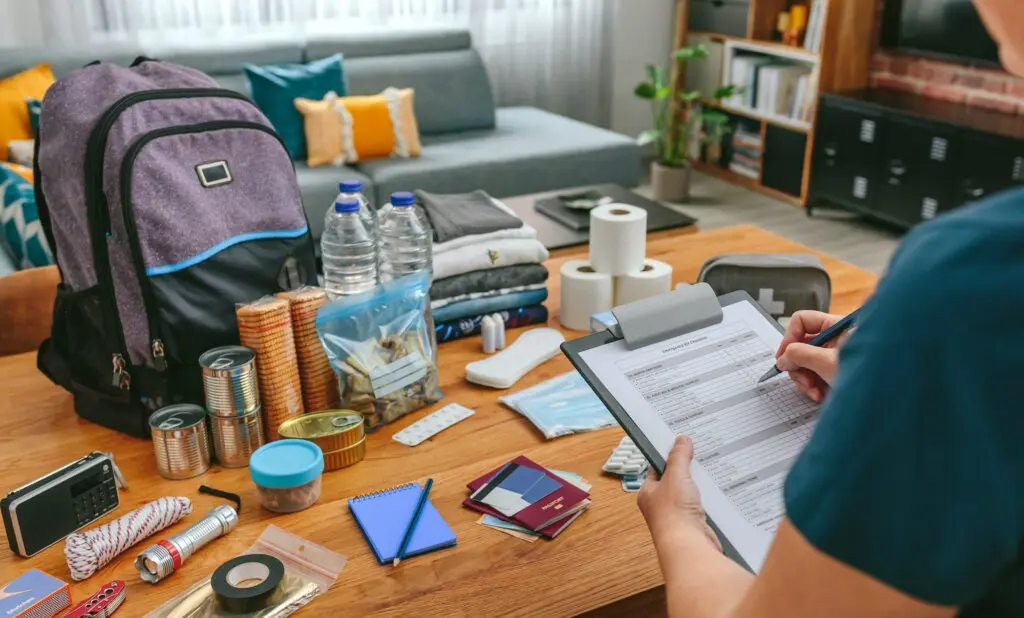
4 – A Solar Charger to Keep Up Communications
A solar charger can help you stay in communication with others, whether it’s family and friends or emergency rescue services. You can find solar charging power banks that will charge one phone or several gadgets at a time. Communication is a critical part of being prepared and should definitely be heavily considered in your Prepper Gear purchases.
You can even attach these to your bug out bag using MOLLE attachments and let it soak up the sun’s rays as you hike or navigate from one location to another. Make sure you get a weatherproof one for lasting durability.
5 – First Aid Supplies with Extras
A good first aid kit is one that has all of the basic elements you need to treat common problems – with enough for each member of your family. They usually don’t come with enough built in at the beginning, so make sure you evaluate the kit to see how many extra bandages and other items you may need.
Obviously like all items/topics discussed here you can expand them with time, but at the start make sure you get at least a basic kit to include in your prepper gear supplies.
6 – A Stash of Heirloom Seed Packets
If the global food supply is struggling, you’ll want to have the ability to grow your own food in a garden. There are many seed packets you can buy, but having heirloom seeds is a superior options.
You’re not only going to have tastier produce, but heirloom seeds and plants are more resistant to succumbing to poor growing conditions and climates. They’re also free of pesticides and you can save the seeds to replant them later.
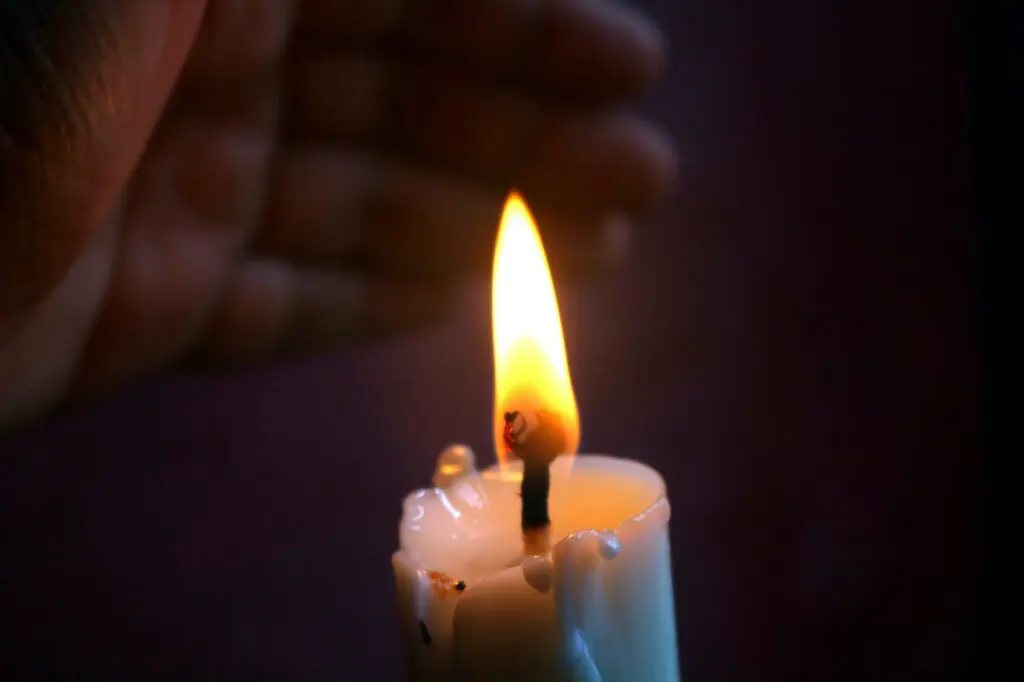
7 – Several Different Light Sources
Many people used to just have a flashlight on hand with batteries for emergencies, but you want additional options, too. They now have solar lamps that can charge during the day.
You also may want to have some candles that you can use or an oil lantern. A headlamp that you can wear might also be a sensible option to help you if you have to build a shelter or navigate in the dark.
8 – Self Defense Prepper Gear
Whether you’re home or bugging out, you need to have gadgets that can save your life in the event that you need them. Things like a firearm, knife (which can double for many other survival purposes), pepper spray, or stun gun should be purchased and safely learned by everyone in the family.
In addition to simply owning the equipment make sure you invest the time to maintain and train with it. While professional training is great (we offer it and obviously advocate it), training on your own is critical. The simple fact is that you can go to a course and learn some great things, however that is a small fraction of time spent in application. Ensure you practice those skills regularly.
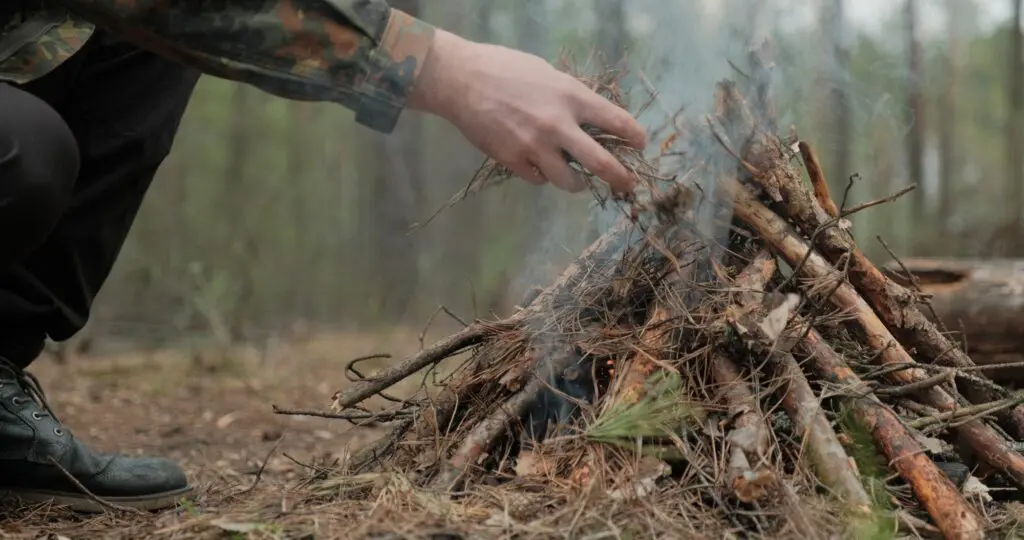
9 – Fire Starting Gadgets
For starting a fire, you need something compact to have on hand, like a flint and steel kit, a magnesium firestarter, or a lighter. If you get matches, make sure they’re waterproof – and you may also want to have a bow drill for friction fire-starting as a last resort so you can practice with it.
10 – A Sturdy NOAA Weather Radio
In order to stay abreast of what’s happening in a SHTF event, you need a good NOAA weather radio with a built in flashlight that’s waterproof and has multiple charging options that include solar, battery, USB charger and hand crank. Though small and simple they are an awesome addition to your prepper gear when starting out.
11 – Sleep Gear for Extreme Weather Conditions
Bugging out, you definitely need a tent and sleeping bag for when the weather dips or when it rains. But even if you’re at home during the winter months, and the grid goes down, a tent will allow you to keep the warmth from your body in an enclosed area.
There are also blankets that can do this, and they even serve as reflective gear to help you signal for rescue if you need it. You can even find small handheld kits with a survival bivy sack tent or sleeping bag and fire starter included.
12 – PPE to Protect Against Hazards
You never know when the next survival SHTF event will be a virus or other hazard, so you want to make sure you have plenty of PPE (personal protective equipment) on hand. This will include a strong mask like an N95 mask, goggles and possible other protection that will cover your body.
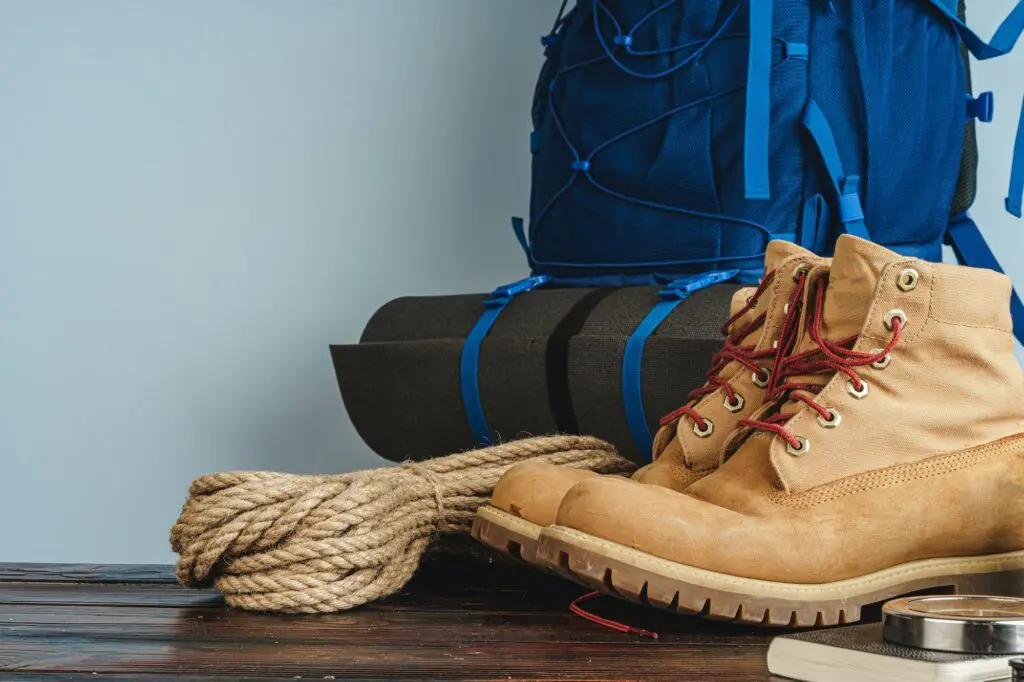
13 – Multi-Use Tape and Rope
Being able to repair or create things you need in a survival situation is important. Both duct tape and paracord can help you do everything from patching holes in your gear to setting up shelter and traps for hunting food.
14 – Local Foraging Guide
Whatever region you’re in, you can find a guide for the local wild edible plants that are native to your area. This will help you source food and keep your family from suffering from any guesswork you may be tempted to do on what’s safe to eat.
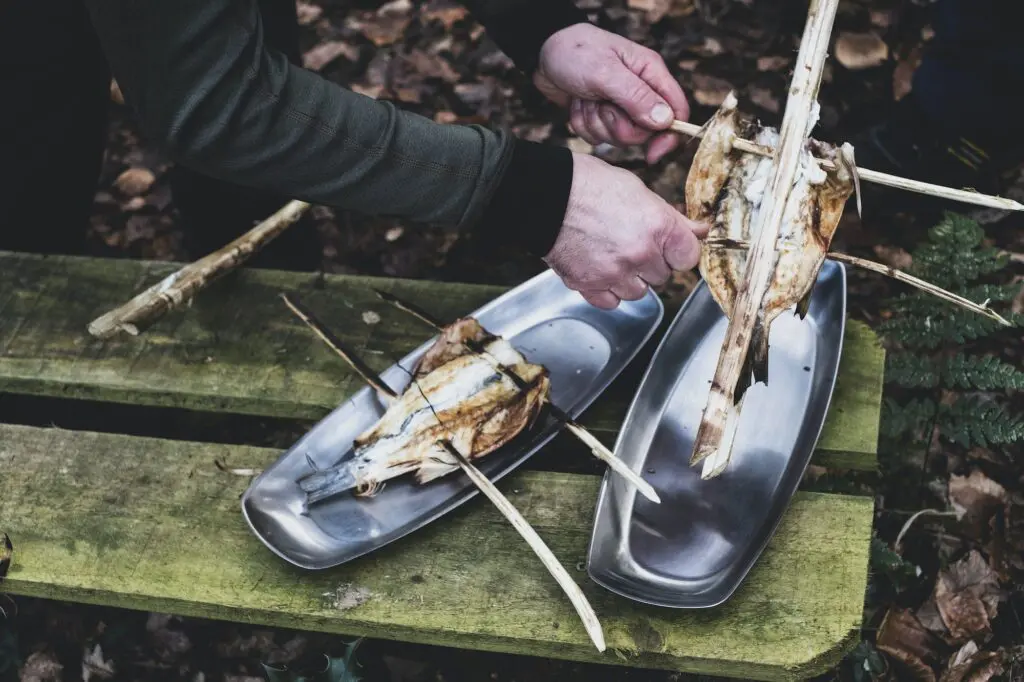
15 – Supplies for Hunting and Fishing
For hunting game, you may need supplies to help you create traps – or extra ammunition to use in your firearm. You’ll also want to have a knife for skinning the game.
Fishing supplies are compact enough to go in any bug out bag. You can have your line, hooks, sinkers and other things like lures ready to use at a moment’s notice. At home, you might even want to have some reels and rods that are in good shape.
16 – Faraday Cage or Bag for EMPs
A solar flare, like the Carrington Event in the late 1850s, can take out a grid in today’s world – and that may be for hours or even years, in a worst case scenario. You can invest in a Faraday cage or Faraday bag to protect all of your electronic gadgets.
They have small laptop sized bags for this, boxes with pouches in them, or even an entire Faraday backpack you can use with MOLLE webbing and individual pouches attached to it.

17 – Navigation and Rescue Signaling Tools
If you’re going to have to bug out or move from one location to the next, you’ll want to have backup navigation on hand to help you. You may not have the convenience of apps on your phone or GPS systems to guide you.
Have maps of your geographic area so that you know how to move without having to take main roads and highways in the event they’re dangerous or compromised. You also want to have a compass that tells you what direction you’re heading in.
You can get these sold individually or as part of another product, such as a compass paracord bracelet with built in fire-starter that’s easy to carry and use on the go. It’s important that you teach your loved ones how to use their compass, too.
For rescue purposes, you’ll want to make sure you have everything from a loud whistle to reflective gear that can help planes spot you. Some of the weather radios with flashlights built in also have an S.O.S flashing options, and some of the paracord bracelets have these LED strobe lights built in, too.
There are hundreds, if not thousands of gadgets and supplies you’ll eventually need for long-term prepping purposes. But for now, start with these 17 vital options and work your way up from there.

